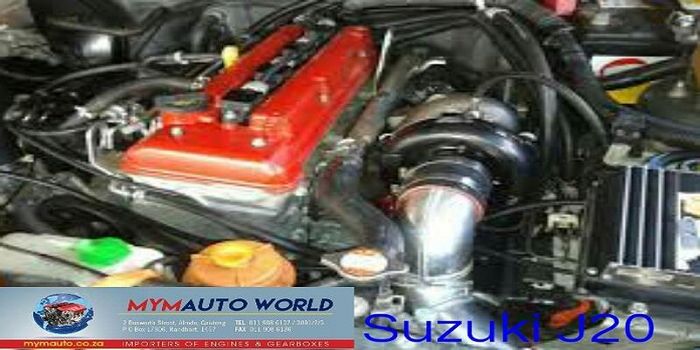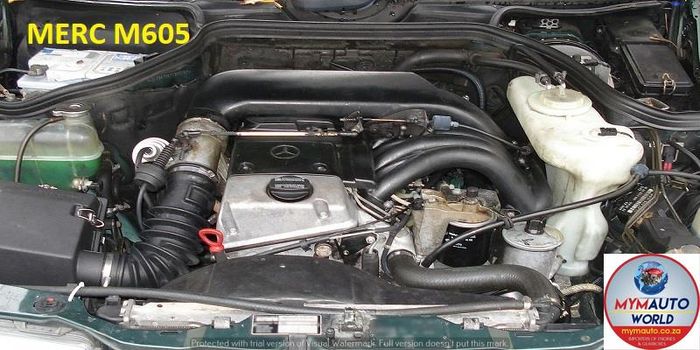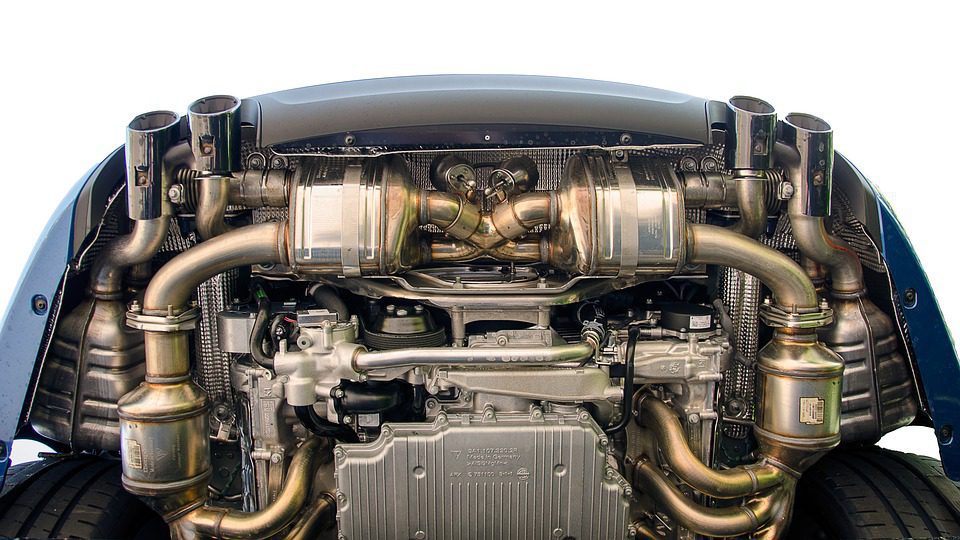Opel Corsa Engine: Whatever You Need to Know Prior To Buying
Opel Corsa Engine: Whatever You Need to Know Prior To Buying
Blog Article
Discovering the Inner Operation of a Compact Vehicle's Engine System
As chauffeurs, we often take for granted the intricate procedures that happen within the boundaries of our vehicle's engine system. The compact yet complicated machinery that propels us forward is a wonder of engineering accuracy and coordination. From the regulated explosions in the combustion chamber to the careful timing of gas injection, every part plays an essential function in the smooth operation of the engine. In this exploration of a small automobile's engine system, we will unravel the inner operations of this mechanical harmony, dropping light on the mysteries that drive us ahead on our everyday trips.
Burning Process Summary
The burning procedure in a compact lorry's engine system is a critical system that effectively transforms fuel into power to power the automobile. This process happens within the burning chamber of the engine, where fuel and air mix, ignite, and produce regulated explosions. The burning procedure contains 4 major phases: consumption, power, compression, and exhaust.
Throughout the intake phase, the piston relocates downward, pulling in a mixture of air and gas into the combustion chamber. The following phase, compression, involves the piston relocating upward, compressing the air-fuel combination to boost its effectiveness. Consequently, in the power phase, the spark plug fires up the compressed mix, causing a rapid expansion of gases that requires the piston pull back. This downward activity generates the power needed to drive the car. In the exhaust phase, the scorched gases are removed from the burning chamber via the exhaust shutoff, preparing the chamber for the following cycle. This cyclic combustion procedure is essential to the procedure of a portable automobile's engine system, guaranteeing effective power conversion for propulsion.
Piston and Cyndrical Tube Interaction

The piston's precise fit within the cyndrical tube is crucial for maintaining optimal compression and protecting against energy loss throughout burning. Limited clearances in between the piston and cyndrical tube wall surfaces guarantee effective sealing, allowing the piston to relocate smoothly without allowing gases to leak past. Correct lubrication is additionally vital to reduce friction and use in between these elements, enhancing long life and performance.
In addition, the design and materials used in making the piston and cylinder impact engine effectiveness and toughness. Modern engines typically use light-weight yet durable products like light weight aluminum alloys for pistons and cyndrical tube linings to lower inertia and enhance thermal performance. In general, the unified interaction in between the piston and cyndrical tube is fundamental to the Recommended Site engine's capability and general performance.
Fuel Injection System Capability
Gas shot systems in portable lorry engines play an essential function in specifically supplying fuel to the burning chamber for regulated and reliable ignition. The gas injection system functions by injecting fuel right into the combustion chamber at the optimum moment throughout the engine's operation (opel corsa engine). This precise timing makes sure that the gas blends equally with the air for proper combustion, bring about boosted gas performance and lowered exhausts
There are primarily two kinds of gas shot systems utilized in compact automobile engines: port gas visit here shot (PFI) and straight fuel injection (DFI) PFI systems infuse gas right into the intake port before the consumption shutoff, while DFI systems inject fuel directly right into the burning chamber. Both systems have their benefits, with DFI providing much better fuel atomization and PFI giving an extra cost-efficient solution.
Comprehending Engine Cooling Mechanisms
Reliable operation of a portable car's engine depends greatly on the effectiveness of its cooling mechanisms. The cooling system in a portable car typically consists of numerous components functioning with each other to control the engine temperature level. Recognizing these engine cooling mechanisms is essential for keeping the efficiency and longevity of a small automobile's engine system.

Exhaust System Parts Explained
The ideal functioning of a small automobile's engine air conditioning mechanisms relies on a complementary system recognized as the exhaust system, which consists of various important components for making certain reliable discharges and engine efficiency. The exhaust system consists of components such as the exhaust manifold, catalytic converter, muffler, and tailpipe. click here now The exhaust manifold collects exhaust gases from the engine's cyndrical tubes and paths them to the catalytic converter. The catalytic converter then converts unsafe toxins in the exhaust into less damaging emissions before releasing them with the muffler and tailpipe.
One essential part of the exhaust system is the oxygen sensing unit, which keeps an eye on the oxygen levels in the exhaust gases to aid regulate fuel intake and ensure optimum engine efficiency. opel corsa engine. Furthermore, the resonator may exist in some exhaust systems to minimize sound levels. Generally, the exhaust system plays a vital role in keeping engine performance, minimizing harmful discharges, and making sure a quieter driving experience for small lorry proprietors

Conclusion
In final thought, the compact car's engine system is an intricate mix of components that collaborate to help with the burning procedure, convert gas right into energy, and expel waste gases. Understanding the inner operations of the engine system, including the piston and cyndrical tube communication, gas shot system, engine air conditioning systems, and exhaust system parts, is critical for maintaining optimal efficiency and effectiveness of the car.
The burning procedure in a portable lorry's engine system is a vital device that successfully transforms gas into energy to power the automobile.Fuel shot systems in compact lorry engines play a critical role in precisely supplying fuel to the burning chamber for controlled and effective ignition.There are mainly two kinds of fuel injection systems used in small automobile engines: port fuel shot (PFI) and direct fuel injection (DFI) Understanding these engine cooling devices is important for maintaining the efficiency and longevity of a compact vehicle's engine system.
The optimum functioning of a small vehicle's engine cooling mechanisms depends on a complementary system understood as the exhaust system, which comprises various important components for making sure effective emissions and engine efficiency.
Report this page